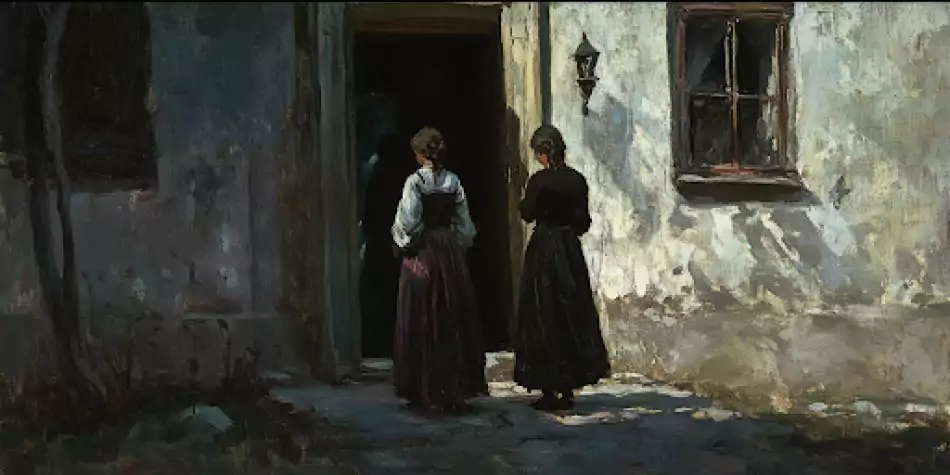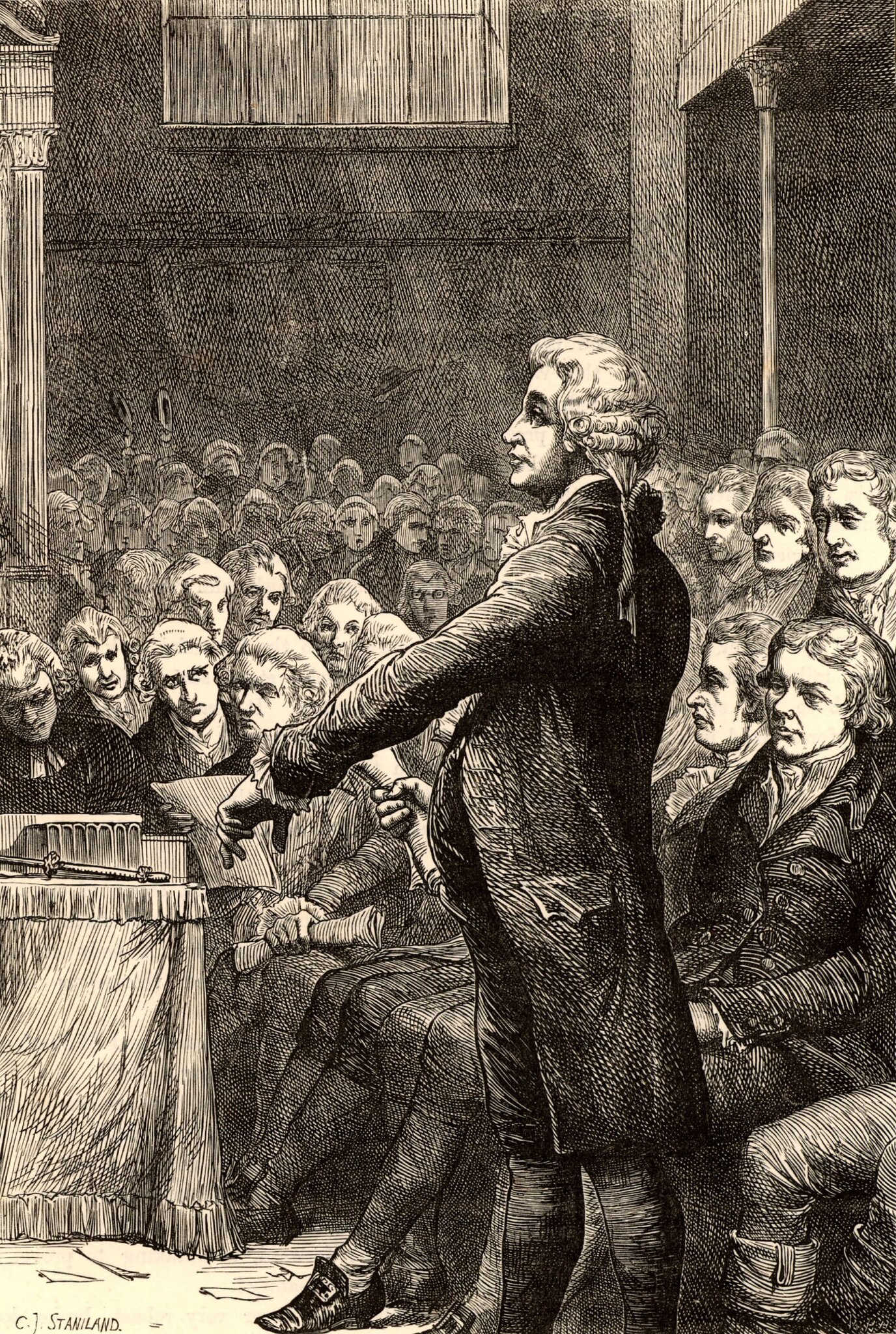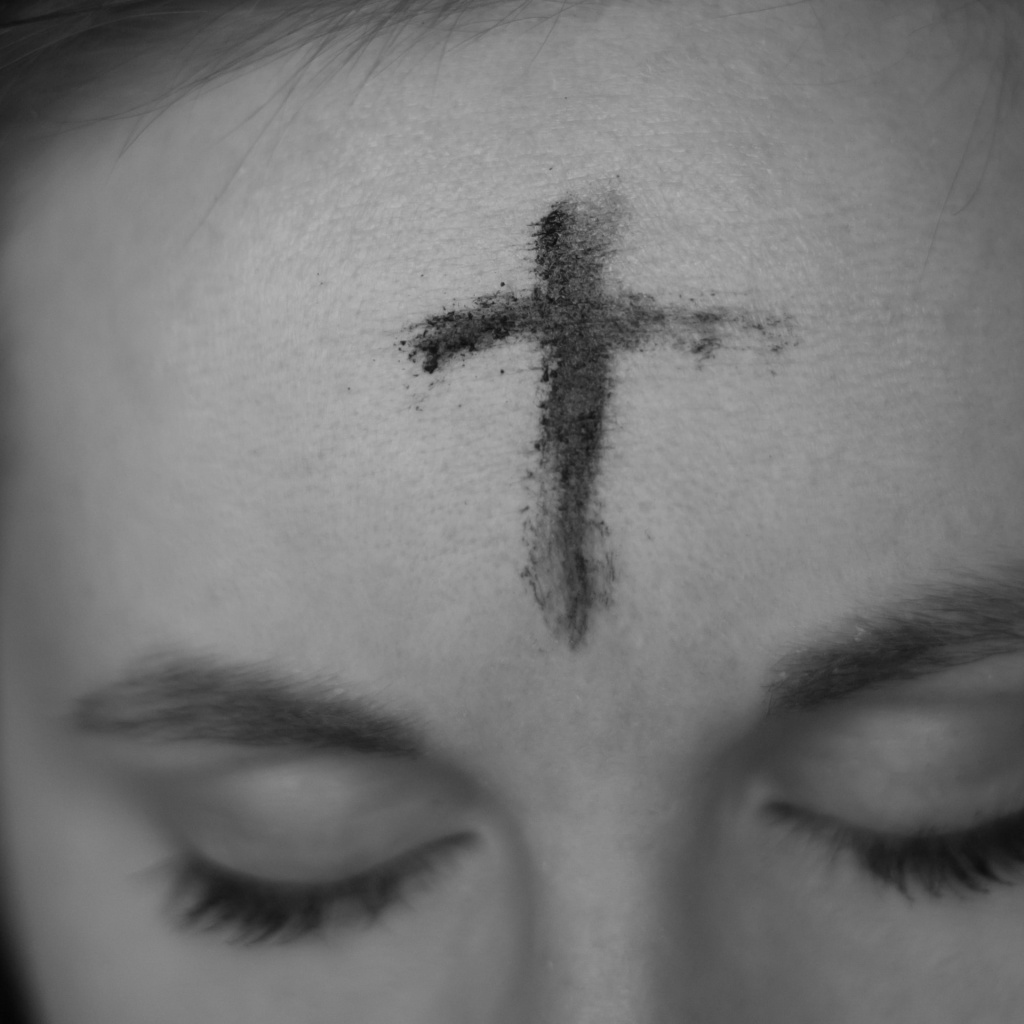What is Heretic?
Heretic is a horror film distributed by A24. It arrives in theaters this fall. It stars Hugh Grant, as well as relative newcomers Sophie Thatcher and Chloe East.
What is Heretic About?
Heretic is about two sister missionaries from The Church of Jesus Christ of Latter-day Saints, Sister Paxton and Sister Barnes. Hugh Grant plays Mr. Reed, who requests a visit from the missionaries. Reed kidnaps the sister missionaries.
Who is involved in creating Heretic?
The film was written, directed, and produced by childhood friends Scott Beck and Bryan Woods. They are known for writing the script for the popular film series A Quiet Place. This is the largest production Beck and Woods have directed themselves. In a Q&A at the film’s world premiere, they described themselves as lapsed evangelicals.
Sophie Thatcher and Chloe East, both former Latter-day Saints, portray the sister missionaries. Hugh Grant describes himself as not a believer.
Heretic hasn’t come out yet. How do you have details about it?
While the film has not been released nationwide, it has had its premiere. The Q&A below is spoiler-heavy based on previous screenings of the film. While most Latter-day Saints will not want to watch the film, we felt that it was important to discuss the portrayal of sister missionaries in an open and honest way so members can participate in and be aware of the dialogue surrounding the film.
How does the film begin?
The film opens with the two sister missionaries sitting on a bus bench with a condom advertisement. They discuss condom sizes and which sizes Sister Barnes’ ex-brother-in-law wears, which leads Sister Paxton to describe watching pornography. She describes watching a video where the performers were interrupted by the person in the next room. One performer looked aghast “like her spirit left her.” Paxton says that this helped her testimony.
We learn that the senior companion, Sister Barnes, has taught many people who have been baptized, while Sister Paxton hasn’t taught anyone who was then baptized. Sister Barnes commits that they are going to get Paxton a baptism.
We are then shown a montage of them doing unsuccessful street contacting.
They then approach a group of teenage girls because Paxton says she has “a good feeling about them.” Those girls then ask Paxton about her “magic underwear” and then pull her skirt down, revealing her temple garments before she can answer. Paxton is very embarrassed.
How do the missionaries meet Mr. Reed?
The missionaries had received a referral for Mr. Reed, but someone in their ward warned them not to go. They go anyway because Barnes wants to get Paxton a convert. Mr. Reed is very friendly and invites the missionaries in.
They inform him that they cannot come in if there is not another woman present. Reed says his wife is in the kitchen cooking a blueberry pie.
The missionaries walk in and start a conversation. Reed says he thinks people should have some belief and the conversation begins on a friendly basis. Sister Barnes shares a story of her father’s illness, and Mr. Reed uses this as a reason to question her faith. Barnes says when she dies she wants to come back as a butterfly. He then begins to lecture them about what he sees as the weaknesses of their religion.
When his wife does not appear within a few minutes, the missionaries press that she needs to come out or they need to leave. Mr. Reed goes into the kitchen to get her, and the sister missionaries realize that the blueberry pie they smell is actually from a candle.
While Mr. Reed says he’s getting his wife, he’s actually stealing the missionaries’ bikes from the front so no one will know they’re there.
They decide to leave, but the door is locked. The windows are too small to escape from, and their cell phone doesn’t have reception.
How does Reed begin to mistreat the missionaries?
The missionaries ask him to let them go, but he tells them that his locks are automatic and cannot be unlocked until the morning.
Mr. Reed is obsessed with the idea of control, so at this point, he never physically hurts the missionaries but rather tells them they can make their own decisions. He tells them they must go into the back room if they want to get their coats and that the house exit is out the back. When they get their coats, they realize that the key to their bike lock has changed pockets.
Reed continues to insist they can leave at any time they’d like through two doors from that backroom.
Worried about being harmed, Barnes convinces Paxton to stay and listen to a lecture Mr. Reed wants to give them about religion.
What is Reed’s Theory of Religion?
Reed begins to tell the missionaries that religion is about iterations. He claims that the story of Jesus Christ is merely a reworked myth of previous cultures like the Persian Mithras or the Egyptian Ra.
He compares Judaism to “The Landlord’s Game ” and Christianity to “Monopoly,” which is substantially similar but better marketed. He compares Islam to “Monopoly: Ultimate Banking Edition” and the Church of Jesus Christ to “Monopoly: Bob Ross Edition.”
He also plays the songs “The Air I Breathe” and “Creep” by Radiohead, which share similar melodies and chord progressions.
While in this room, Sister Barnes sees a letter opener which she gives to Paxton to put in her pocket. Barnes tells Paxton that if she says the phrase “magic underwear,” that means to stab Mr. Reed with the letter opener.

Is there any way for the missionaries to get out?
Mr. Reed insists throughout that the missionaries are not locked in the house but that there is an exit through the back, and they just need to go that way.
There are two doors out the back, and when he finishes his lecture, he tells them to leave either through a door representing belief or disbelief. Sister Barnes convinces Paxton that they should go through the belief door, and they proceed even though it clearly leads to a basement. Reed immediately locks the door behind them.
When they get into the basement Barnes notices a loose floorboard with nails in it. Soon, they see a woman walking across the room with a blueberry pie. They hear Reed through a speaker. He lectures them about miracles and says that he brought them here to witness a miracle. The woman is going to eat the pie, which has been poisoned, and she will then come back to life. Reed calls her “the prophet.” She is elderly and in rags. Her eyes have thick cataracts, and she doesn’t speak. She scoops the pie with her hand, eats it, begins to spasm, and then dies in front of the missionaries. Reed forces them to check for a pulse, which she does not have.
Does anyone come to check on Sisters Barnes and Paxton?
Yes, there are occasional scenes with Elder Kennedy. He is a single, middle-aged man played by Topher Grace. He wears a missionary tag, and we see him cleaning the local chapel. When he notices that the missionaries aren’t back at the chapel by the usual time, he goes out into the snowstorm to find them.
He stops by several homes, including Mr. Reed’s. Reed insists that the missionaries have never come, and Elder Kennedy leaves before returning for a brief second to pass along a pamphlet to Mr. Reed.
While Mr. Reed is at the door, the missionaries are screaming and getting a set of matches. They use them to try to create smoke that Elder Kennedy might see, but it doesn’t work.
Has Mr. Reed planned this encounter?
Yes. We see Reed in a study where he has created a model of his house and has planned in detail how he expected the sister missionaries to act throughout his plan. The entire architecture of his house, including metal roofs to block cell phone signals, has been built with this abduction in mind.
What happens to the woman who ate the pie?
When Sister Barnes and Paxton go back down, Paxton notes that it appears like the woman has moved. Eventually, she sits up and, in bursts of words, describes a vision of a train in the clouds, ending with the words, “It’s Not Real.”
Mr. Reed then comes into the basement. He lectures the missionaries, insisting they call what happened a miracle. Barnes argues with him, saying that it’s an illusion. She calls it “magic—” and in suspense, we see Paxton is ready to stab Reed if Barnes says “underwear,” but instead, Reed stabs Barnes, killing her.
He then insists that when the prophet said, “It is not real,” she meant that life is actually a simulation. To illustrate this, Reed recounts a Daoist thought experiment where a man had a dream of being a butterfly but wondered if he was really a butterfly having a dream of being a man. Reed says Barnes was not a real person but part of the simulation. He then cuts open her upper arm and pulls out what is clearly subcutaneous birth control, claiming it is actually evidence of the simulation.
Paxton then says it’s birth control and (inaccurately) says Barnes would have faced church discipline if anyone knew she had it.
How does the movie end?
Reed then tries to convince Sister Paxton of the miracle, but Paxton says that what happened is that the old woman actually died, and a second woman was brought into the room to replace her. Paxton tells Reed that she doesn’t believe his trick went according to plan. She believes that when the second woman said, “It’s not real,” it was a warning to the missionaries.
Reed is skeptical, saying if that is true, there must be a door underneath the basement.
Paxton immediately finds the door and discovers the dead body of the woman she saw before and cages filled with women dressed exactly the same as the one who had died eating the poison pie.
Paxton then says Mr. Reed actually believes “the one true church is control” and that he had been controlling them the entire time. Reed then lectures Paxton about how much she is controlled, cutting off a finger of one of the women to demonstrate. He then uses the example that Paxton has even been told she has to wear “magic underwear.” At this, Paxton stabs Reed with the letter opener and runs back up into the cellar, but she’s still locked in.
Reed follows and then stabs Paxton. She then admits that she doesn’t believe that prayer works, but she thinks it’s nice anyway.
Sister Barnes, who had been presumed dead, stands up and impales Reed with the loose floorboard, and he dies. Barnes immediately collapses again. Paxton then goes back into the sub-basement, finds the bicycle lock, which she unlocks, and then goes outside. She briefly hallucinates a butterfly landing on her finger before passing out in the snow, presumably dead.
Is the movie good?
It is suspenseful. The set design is above average. There are some moments of great cinematography and other moments where it’s poor. The dialogue is not written very well. Hugh Grant is a strong actor, but both Sophie Thatcher and Chloe East, who play the sister missionaries, feel like amateurs who can’t communicate with much nuance or carry the weight of the narrative.
Because of its heavy emphasis on lecturing about atheism, the plot often feels weighed down and dull. In that way, it’s kind of like overly preachy religious cinema like “Saturday’s Warrior,” but for atheists.
In terms of its artistic merit, it’s average, certainly not great or even good. It also doesn’t have the makings of a cult horror movie, nor is it good enough to be an award contender. It’s unlikely to be remembered in a year by anyone except academics who study Latter-day Saint depictions in movies or horror movie buffs.
Who is the Heretic?
A heretic is someone who believes the wrong thing. The title is likely intended to make its audience wonder if the missionaries are heretics because Reed “proves them wrong” or whether he, as the non-believer predator, is the heretic.
Does Heretic have an agenda?
The creators say they want the movie to spark conversations about religion. Mr. Reed is portrayed far and away as the most intelligent character in the movie. Paxton’s vision of the butterfly at the end is portrayed as a hallucination. Barnes briefly coming back to life to kill Mr. Reed could be seen as a miracle.
In the Q&A, the directors said that they were influenced by the “new atheist” movement’s writers, such as Christopher Hitchens and Richard Dawkins.
Could this result in missionaries getting hurt?
A copycat attempt is one of the worst possible outcomes here. The creators don’t seem to be trying to create them, though. It is shown that Reed has spent years planning this, including building the very architecture of the home to enable it. It also requires strong manipulation from Reed to work around the missionaries’ safety standards.
What criticisms could Latter-day Saints face as a result of the film?
While Mr. Reed mocks Latter-day Saints generally throughout the film, there are only three cogent criticisms that he makes:
1. Joseph Smith instituted polygamy for his own sexual satisfaction. This is an old criticism, and recent research into the timeline of Smith’s polygamous marriages is making this claim feel more out of touch with reality.
2. The story of Jesus Christ is a reworked myth from other ancient cultures. Interestingly, the screenwriters have Reed, who otherwise seems well-read, repeat easily debunked claims about mythological Gods to make this point.
3. Religion is all about control. This is Reed’s main conclusion in the film, so it may be picked up on by others as well.
How does Heretic make Latter-day Saints and the Church of Jesus Christ look?
Different viewers will have different takeaways, but a group of those who have seen the film reported having, on average, more positive feelings about missionaries but worse feelings about the Church of Jesus Christ as a result of the movie.
Is Heretic Insulting to Latter-day Saints?
Those who feel insulted will likely notice that the film spends a lot of time implying that all faith is unintelligent. In the end, Sister Paxton reveals the reality of her lack of faith. The missionaries are sexualized in ways most missionaries would be uncomfortable with. The film also seems to revel in embarrassing the sister missionaries, such as pulling down their pants, comparing their religion to Bob Ross Monopoly, and repeating “magic underwear” ad nauseam.
One person who watched the film said, “Whoever wrote that was really angry that a sister missionary said no when he tried to hit on her.”
Those who feel the film respects Latter-day Saints will likely focus on the fact that the missionaries are the protagonists and that, in the end, Sister Paxton outwits Mr. Reed.
In our assessment, however, the creators of the film wanted audiences to take the message that religion is obviously wrong but might make you a better person anyway. Different viewers will certainly make their own interpretations.
















